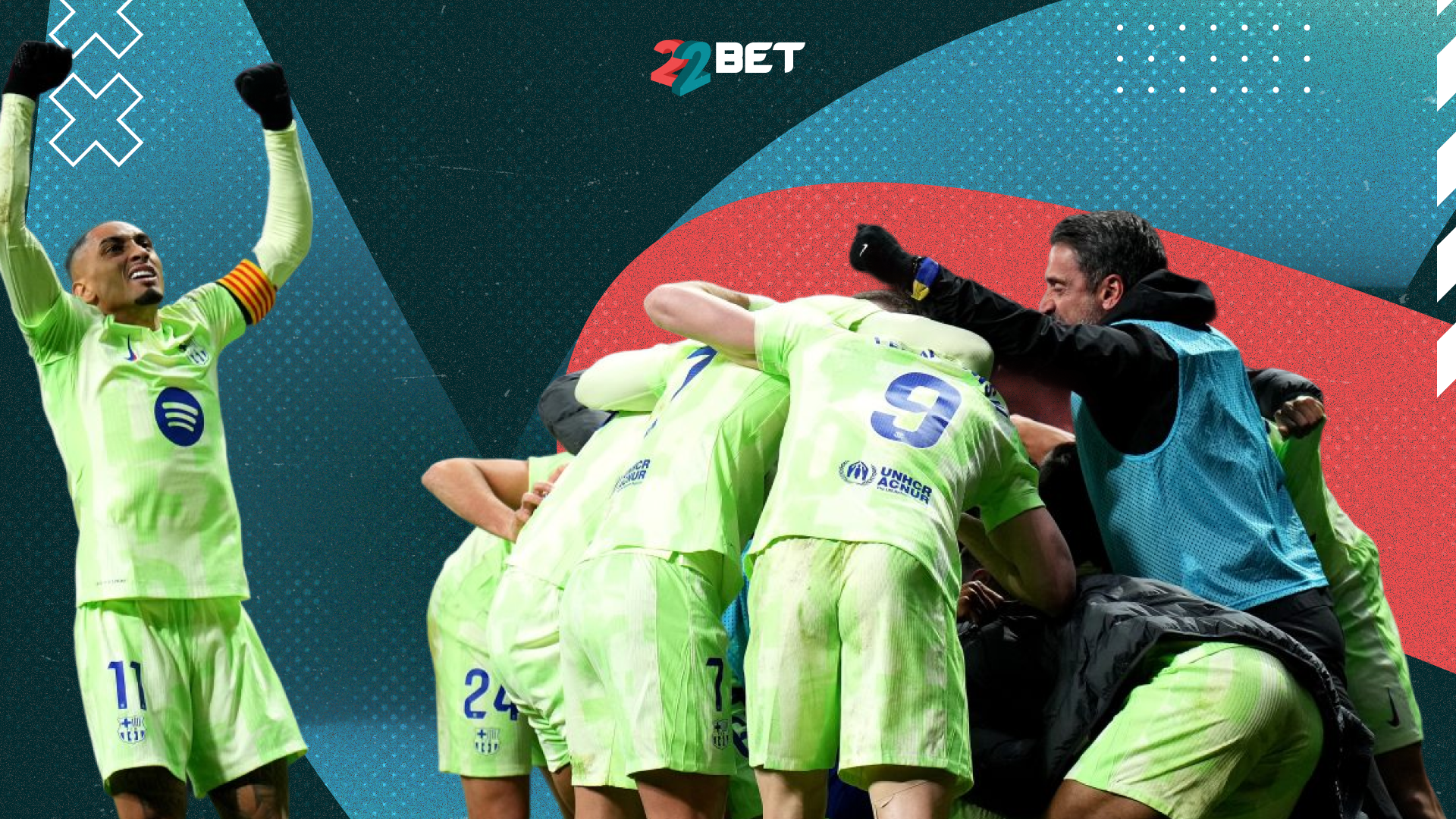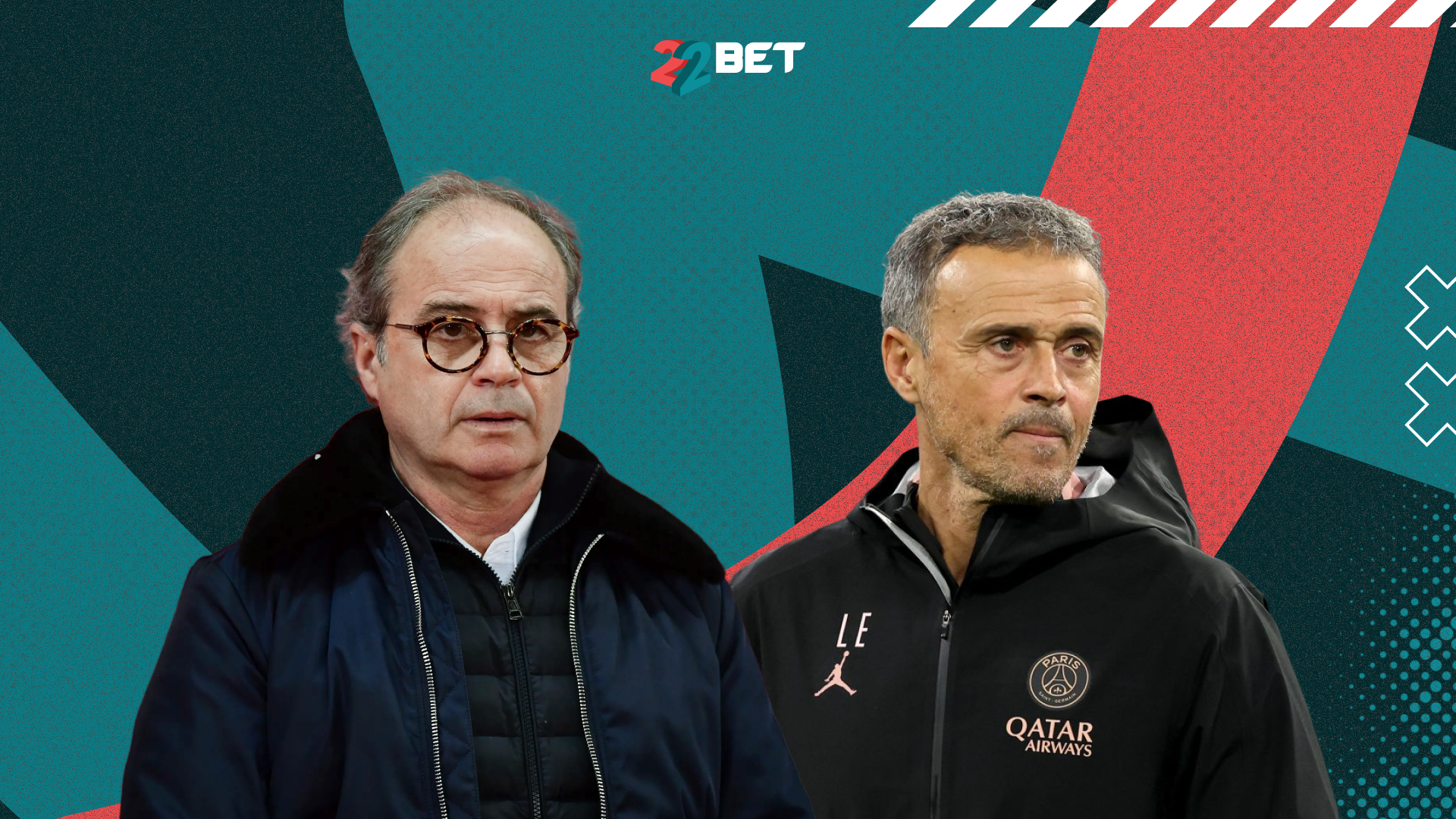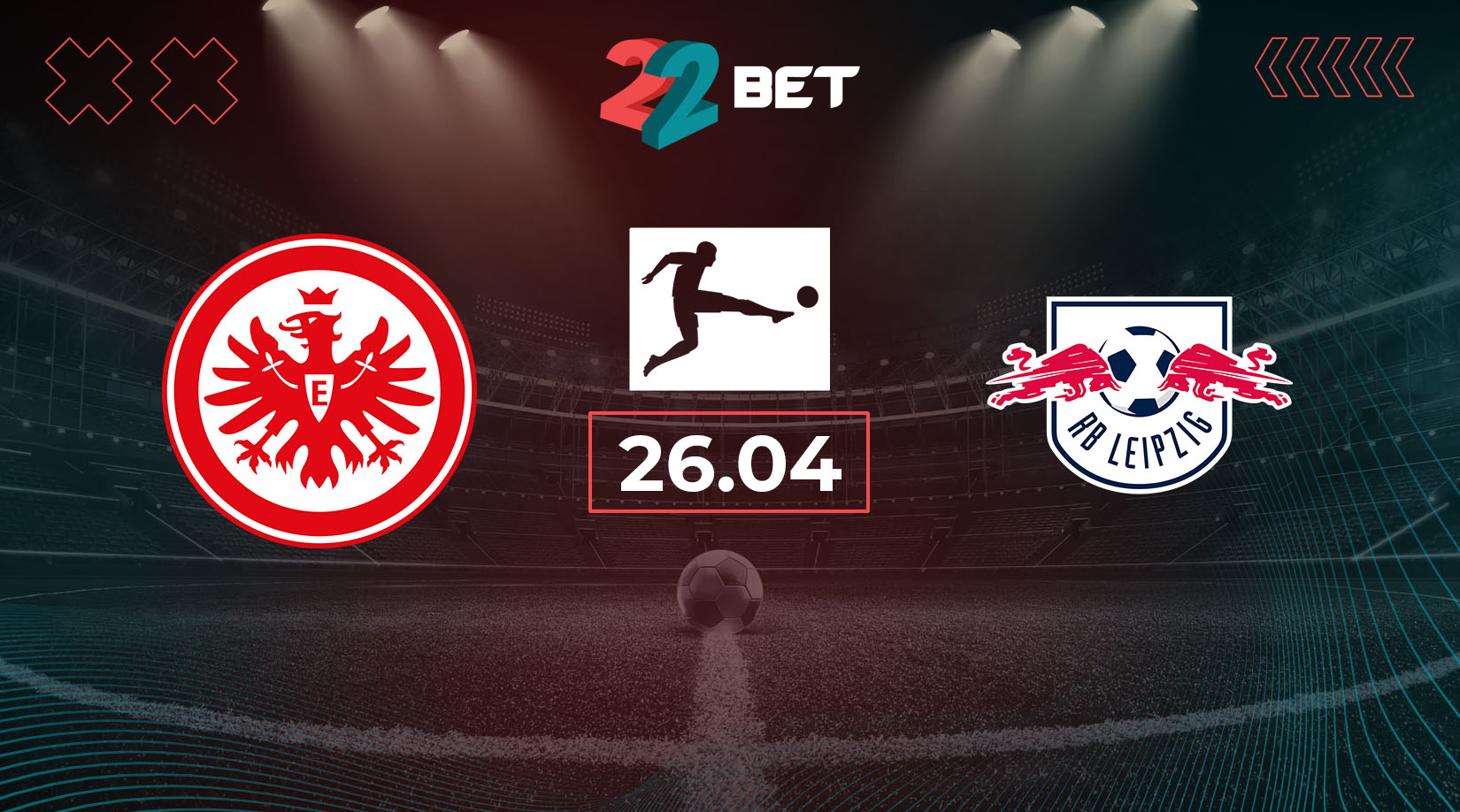This PL season is marked by a series of tactical adjustments that reflect the evolving demands of modern football. Across the league, managers implement structural and strategic shifts to optimise performance in possession and transition phases.
I chose five of this term’s most influential tactical trends that really impacted teams’ performances and changed the nature of the competition in the Premier League.
The Resurgence of the 4-2-3-1 Formation
The 4-2-3-1 formation became the most common tactical setup among PL teams. Currently, 11 out of 20 clubs use this system, which reflects an increase from 38.9% in the previous season to 51.6% this time around.
This tactic provides a balanced structure. It offers defensive stability through a double pivot in midfield while adding attacking creativity through an advanced playmaker.
Gaffer. 👊 pic.twitter.com/utdrafj7fj
— Nottingham Forest (@NFFC) March 19, 2025
Nottingham Forest exemplifies this strategy. They employ a straightforward double pivot that enables their Number 10, Morgan Gibbs-White, to support the striker.
The new head coach of Brighton, Fabian Hürzeler, implements a more nuanced variation. While the team maintain a 4-2-3-1 shape when out of possession, they transition to a 4-1-2-3 formation when they have the ball.
This fluidity allows João Pedro to play as a false nine and drop into the space between the lines, where he makes combinations with Georginio Rutter and Yasin Ayari. Carlos Baleba functions as a lone holding midfielder.
🗣️| Fabian Hürzeler on Pep Guardiola:
“Before the season, Pep spent a lot of time with me. He prepared me for the challenges that await me in the Premier League. I appreciate that enormously.” #BHAFC
[via @abendblatt] pic.twitter.com/33kNIXGOOj
— The Brighton Base (@TheBrightonBase) March 22, 2025
All these tactical adjustments enhance their attacking unpredictability.
Liverpool have also shown tactical flexibility this term, using the 4-2-3-1 and 4-3-3 shapes. Slot emphasises fluidity in possession, allowing the team to adapt their positions, with formations shifting to 4-1-4-1 or 4-2-3-1 while attacking. Defensively, they often organise into a 4-2-4/4-4-2 for pressing and solidity.
[1/5] 💬 Arne Slot: ❝The idea of the fullbacks not being that wide and it depends also what the press what the other teams will give us, but if the fullbacks are all down the line and you play the fullback then, he’s very far away from some other players. And it takes really pic.twitter.com/IucgwXaZ4O
— MÁS Positional (@maspositional) August 28, 2024
During the build-up phase, Liverpool uses the 4-2-4 tactic, featuring a double pivot of Alexis Mac Allister and Ryan Gravenberch. The latter often drops deeper to support build-up play, helping control the tempo and linking defense with attack. Slot values their contribution to the team’s success.
Chelsea, Man City, Fulham, Newcastle, and Aston Villa are also successfully using a 4-2-3-1 formation with various interpretations.
Emphasis on High Pressing and Counter-Pressing
An increasing number of teams are implementing high and counter-pressing strategies to disrupt opponents’ build-up play and regain possession in advanced areas. This approach has led to a notable rise in shots and goals originating from fast breaks.
With 91 matches still to play, the current season has already surpassed the previous record of 532 shots from fast breaks compared to 526 last term. Goals from such situations have also increased to 88, up from 81.
Arne Slot’s Liverpool FC are still leading the way in Europe’s top five leagues 📊 🔴 pic.twitter.com/if5JbAd4o2
— OneFootball (@OneFootball) March 25, 2025
Liverpool effectively use high pressing and counter-pressing tactics to control games and create goal-scoring opportunities through quick transitions.
Their episodic aggressive high press, initiated by forwards and attacking midfielders, forces turnovers in advantageous positions, contributing to a league-leading 56 shots from fast breaks. Mohamed Salah leads with 22 shots.
Andoni Iraola`s Bournemouth also employs a high-intensity pressing game, leading the Premier League in counter-pressures, creating 57 shots following turnovers. Their strategy focuses on winning the ball high up the pitch and attacking quickly.
Evolution in Set-Piece Strategies
Set-piece routines, particularly corner deliveries, have changed. Outswinging corners have declined noticeably. Their use has fallen from 29.2% last season to just 18.8% this term. In contrast, inswinging corners have become more common, now making up 60.6% of all corner deliveries.
Thread: Set Pieces analysis: Nicolas Jover the underappreciated French “fragrance” at Arsenal
Arsenal scored thirteen goals from corners last season, the third-highest number in the league.
In this tactical analysis, we will take a look at some of Jover’s ideas in set pieces. pic.twitter.com/RtDufeWTJt
— Tactical Trends (@tacticaltrends1) January 4, 2023
Arsenal’s corner kick strategy, guided by set-piece coach Nicolas Jover, is crucial to their attack. The team prefers inswinging corners, with 96% of their deliveries falling into this category, second only to Brentford. This approach takes advantage of the skills of Bukayo Saka and Declan Rice, who deliver from opposite flanks.
Arsenal’s success stems not just from delivery but also from coordinated movements, including blocking and decoy runs. Central defender Gabriel Magalhães often capitalises on these setups.
Nicolas freaking Jover. He’s done it again👏🏼 pic.twitter.com/b4Rvj2frJl
— Sara 🕊 (@saraxafc) January 3, 2025
However, the effectiveness of their corners is impacted by player availability. After Saka’s injury, their average dropped from 0.57 set-piece goals per game to zero over six matches, indicating his critical role.
Premier League teams focus on the six-yard box with these inswinging corners, aiming to create confusion and seize scoring opportunities. Despite this tactical adjustment, netting from corners has decreased, accounting for only 11.8% of all goals, the lowest percentage in eight years.
The Revival of Wing-Backs
The current season has seen a resurgence of the wing-back role, with many teams adopting systems that maximise the contributions of these dynamic players.
Daniel Muñoz of Crystal Palace exemplifies this revival. He transitioned from playing as a winger to a wing-back under Oliver Glasner, excelling in defensive and attacking duties. Muñoz leads the league in tackles and makes considerable contributions to the team’s assaults.
One of the most in-form defenders in #FPL 🔥
Have you considered adding Daniel Munoz to your team? 🔀 pic.twitter.com/k6q4BcgUwQ
— Fantasy Premier League (@OfficialFPL) March 23, 2025
Similarly, Rayan Aït-Nouri from Wolverhampton Wanderers and Joško Gvardiol from Manchester City embraced the wing-back role. They provide their sides with additional attacking options and defensive coverage. This tactical adaptation reflects a broader trend of using wing-backs to enhance width in team play.
Countering Positional Play with Chaos
Finally, the biggest and most important tactical trend of the season.
In response to the structured, possession-based “positional play” popularised by managers like Pep Guardiola, several teams are adopting chaotic and high-risk strategies to disrupt. These tactics involve man-to-man marking and using longer passes to unsettle organised defenses.
Teams like Bournemouth, Brighton, and Nottingham Forest found success with this method, embracing unpredictability to challenge the dominance of possession-oriented sides.
Gran entrenador Andoni Iraola si señor 👏🏻🤔 pic.twitter.com/R8nj2ALBpS
— 𝙎𝙚𝙡𝙞𝙩𝙤🗽𝕭𝖊𝖙𝖎$ (@SelitoJAL_) March 21, 2025
Liverpool’s manager, Arne Slot, also integrated many elements of this approach, adding new challenges for opponents who are accustomed to facing structured systems.
This trend reflects a move towards more flexible and spontaneous play, aiming to take advantage of weaknesses in rigid positional systems. It shows how teams constantly adjust their methods to stay competitive and find new ways to win.
This PL season is marked by tactical trends that reflect managers’ adaptability and strategic acumen.
🚨⚪️ Andoni Iraola is the frontrunner to replace Ange Postecoglou as Tottenham Hotspur manager!
Bournemouth record:
🏟️ 77 Games
✅ 31 Wins (40.3%)
🤝 18 Draws
❌ 28 LossesWould the Spaniard be an upgrade on Postecoglou? 🤔#THFC | #COYS | #Spurs | #AFCB pic.twitter.com/foSawdwq8n
— Gambling.com (@gambling_com) March 26, 2025
These tendencies, from the resurgence of the 4-2-3-1 formation to the countering of positional play with chaos, have contributed to a zestful league landscape.
The Premier League remains a valuable case study in the application and adaptation of modern football strategies.




























